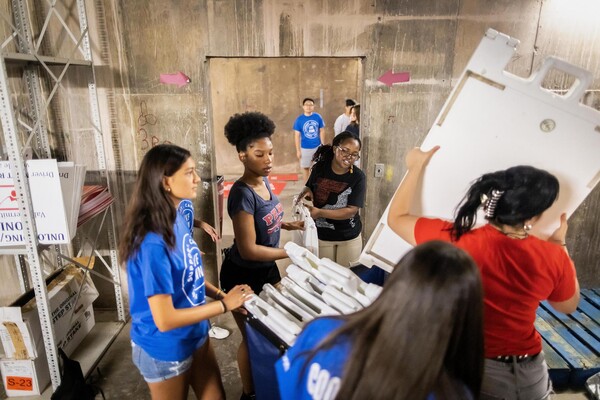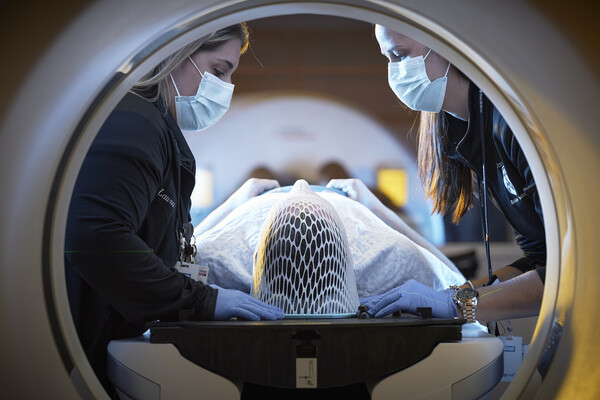Growth Factors Confer Immortality to Sperm-generating Stem Cells
PHILADELPHIA -- Researchers at the University of Pennsylvania School of Veterinary Medicine have identified the growth factors essential to allow spermatogonial stem cells -- the continually self-renewing cells that produce sperm -- to exist in culture indefinitely. Their findings will be presented this week in the Proceedings of the National Academy of Science online Early Edition.
After being kept in culture for three months, the stem cells restored sperm production, and therefore fertility, in infertile mice. According to the researchers, this development will have profound consequences for future fertility therapies and provide a source of stem cells that will make it possible to modify genes from males before they are passed to the next generation. While the research was performed in mice, the researchers believe that it is likely applicable to other species, including humans.
"We've demonstrated that a central signaling process allows spermatagonial stem cells to continually renew themselves, essentially becoming immortal," said Ralph L. Brinster, a professor of reproductive physiology at Penn. "For research, this opens up a wonderfully robust diagnostic system for analyzing the function of individual genes. For medicine, it opens up a new chapter in fertility medicine."
Spermatagonial stem cells and the hematopoietic stem cells that generate new blood cells are the only types of adult stem cells that can be positively identified using functional assays. It may also be possible to convert spermatogonial stem cells to totipotent cells, capable of becoming almost any other cell type and similar to embryonic stem cells.
Whereas the female germ cell, the egg, stops dividing before birth, the spermatogonial stem cells continue to divide throughout life. According to Brinster, it is possible to modify the male germ line between generations by manipulating the spermatogonial stem cells in culture.
"If each parent in a couple carries a similar defective recessive gene for a disease, for example, it should be possible in the future to harvest the male spermatogenic stem cells, correct the gene in culture and implant the stem cells back into the male to produce normal sperm," Brinster said. "The couple could then conceive a healthy child."
Likewise, the ability to culture spermatogonial stem cells indefinitely allows for the possibility to create sperm in vitro, that is, without implanting the stem cells in a recipient male. The technology could be useful for correcting some types of infertility in which the testicular environment is defective.
Hiroshi Kubota, a research assistant professor of cell biology at the Penn Veterinary school, developed the serum-free culture system that enabled him, along with Brinster and researcher Mary R. Avabock, to discover the essential ingredients that will sustain these cells. A step-by-step additive process allowed them to determine that a single growth factor, GDNF, was vital for promoting a signal-pathway that allowed the cells to multiply in culture.
GDNF, the glial cell line-derived neurotrophic factor, was originally identified as a survival factor for neurons in the brain. GDNF was also found to be excreted by the Sertoli cells that surround and support the spermatogonial stem cells in the testes. Once added to the culture, GDNF caused the stem cells to form dense clusters and proliferate continuously.
The Penn researchers then used a GFP marker gene in the cultured stem cells to identify the cells before transplanting them back into infertile mice. These mice then produced offspring that demonstrated the success of the culture system, thanks to the expression of the GFP gene that made the mice glow green under ultraviolet light.
"The identification of the exogenous factors that allow these stem cells to proliferate in culture establishes the foundation to study the basic biology of spermatogonial stem cells," Kubota said.
Funding for the research came from the National Institute of Child Health and Human Development of the National Institutes of Health, the Commonwealth and General Assembly of Pennsylvania and the Robert J. Kleberg Jr. and Helen C. Kleberg Foundation.







